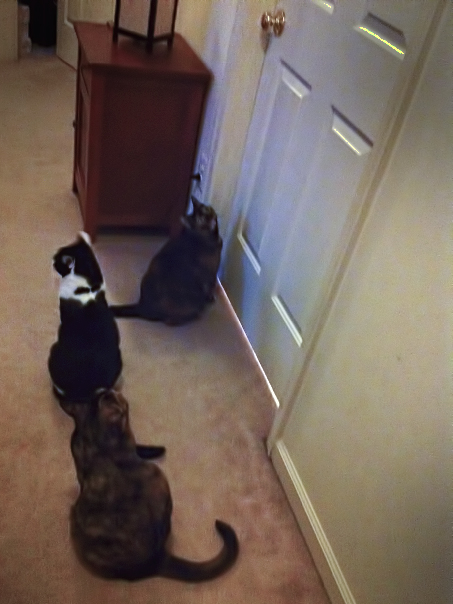Copy File
An unexpected error is keeping you from copying the file. If you continue to receive this error, you can use the error code to search for help with this problem.
Error 0x80070057: The parameter is incorrect.
SOLVED!
Went to copy a directory on Windows 7 from one drive to another, something that I had done quite frequently, even earlier that day.
However, this time, and nothing had changed substantially with the source files, I got an Error 0x80070057 message stating “The parameter is incorrect.” At that point the copy dialog from my simple drag and drop would allow me to retry (useless) or abort mid-copy.
The error message was unusually cryptic and less that helpful:
Copy File
An unexpected error is keeping you from copying the file. If you continue to receive this error, you can use the error code to search for help with this problem.
Error 0x80070057: The parameter is incorrect.
The disk was not full and a check disk revealed no errors.
THE SOLUTION
The destination directory name that I was copying into was pretty long, I basically had used a descriptive prefix, a date stamp of YYMMDDHHMMSS, by a space dash space, and a short descriptive comment. All in all it was about ~55 characters in length.
The directory I was copying from was a fairly deep structure.
That made me wonder if the fully qualified name of some directory path wasn’t exceeding some limit. On Windows, it appears to be 256 characters. On a Mac it appears to be 1023 characters.
Tricks aside, I was limited to the file system limits.
So, on the same disk, with the same files, immediately after yet-another-failure to copy, I renamed the destination folder to something considerably shorter and tried again.
Quick experimentation showed that was indeed the problem: the resulting path name formed during the copy was too long.
Solution: shorten the destination folder name and/or tighten up the path.
 Snag a copy of Visual Studio, whether it’s the free Express version, or one of the uber-featured ones.
Snag a copy of Visual Studio, whether it’s the free Express version, or one of the uber-featured ones.
 If you’re able to, grab a copy of Expression Blend as well for graphical layouts. Not mandatory, but it helps.
If you’re able to, grab a copy of Expression Blend as well for graphical layouts. Not mandatory, but it helps.




